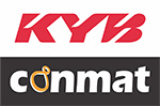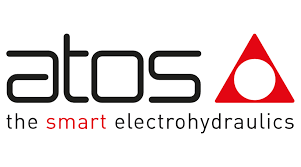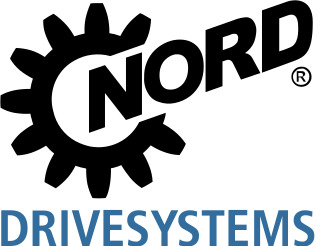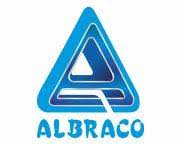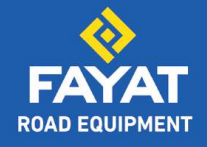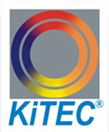From Tier I to Tier III: Unlocking the hidden potential of the concrete equipment market
By Staff Report | April 17, 2025 5:29 pm SHARE

India’s construction boom is breaking free from metro shackles, surging into the vibrant streets of Tier II and III cities. With the concrete equipment market poised to leap from USD 923 million in 2024 to USD 1,728 million by 2030, these emerging hubs are the new epicentres of opportunity.
Imagine this. A sleek, electric concrete pump gliding effortlessly through the winding streets of Nagpur, quietly laying down the foundation for a mid-rise tower in a fraction of the time it would have taken a noisy, diesel-chugging rig in bustling Mumbai. This isn’t some idealised future; it is happening in 2025.
The construction boom in India is spreading quickly into the vibrant centres of Tier II and III cities, bypassing the metros. These rising cities are changing the concrete equipment market environment, from Bhubaneswar’s developing logistics centres to Jaipur’s rapid housing growth. At a strong 11.48 percent CAGR, the market is expected to rise from USD 923 million in 2024 to USD 1.7 billion by 2030. The message is obvious for manufacturers, logistics specialists, and contractors: the future is not limited to large cities like Delhi and Bangalore but rather thrives in the flourishing heart of smaller communities where innovation and tenacity are propelling change.
The shift beyond metros
The data paints a vivid picture. Tier I cities like Mumbai and Chennai claimed 36 million square feet of warehousing supply in 2021, but Tier II and III cities added 8.9 million square feet – a number that’s soared since fueled by e-commerce and logistics. By 2023, residential completions hit 558,000 units nationwide, with Surat and Lucknow outpacing metro rivals. The National Highways network, now at 1.46 lakh km (up from 0.91 lakh km in 2013-14), stitches these regions into the infra grid, driving demand for concrete pumps and mixers.
What is driving the surge?
Government firepower is the engine. The 2024-25 Union Budget pumped ₹11.11 lakh crore (USD 133.86 billion) into infrastructure, with the Ministry of Road Transport and Highways (MoRTH) targeting 4,827 km of high-speed corridors by year-end, per a January 12 Pune Pulse update. Bharatmala Phase I threads 24,800 km of highways through Tier III towns like Raipur, while PMAY-Urban (1.56 million new homes) and Smart Cities Mission turn Indore into a concrete hotspot.
Real estate is on fire, too. Ahmedabad is flagged as a Tier II pacesetter, with 41 million square feet of retail space due nationwide by 2028. Tier II cities like Nagpur, Jaipur, and Lucknow are driving India’s real estate growth due to rapid infrastructure advancement. Affordable land and rising incomes are fanning the flames.
Equipment needs
Tier II and III cities aren’t chasing after the massive, Mumbai-style batching giants. What they need are compact, eco-friendly machines that can get the job done in tighter, more complex environments. In this new reality, sustainability and size matter. Schwing Stetter India, a key player in the space, is already reading the signs. At bauma CONEXPO 2024, the company rolled out an impressive lineup of over 45 machines, with 25 percent being brand-new innovations. Think compact concrete pumps and nimble self-loading mixers, purpose-built for congested construction zones. At their Cheiyar facility, they are producing 300 self-loaders every month. A production line that’s quickly becoming a lifeline for Tier III builders looking to scale smart.
Aquarius Engineers’ Vidyut Series, launched in December 2024, is a game-changer with electric, zero-emission boom and concrete pumps. Claimed to be the world’s only electric model of its kind (with a patent pending), the 37 ZX Electric Boom Pump slashes diesel costs and noise, making it ideal for Tier II and III cities. “We’re proud to advance construction technology while supporting India’s greener future,” says Tej Bhadbhade, GM Operations, Aquarius Engineers, aligning with PM Gati Shakti’s eco-push. Vibrant joins the fray, its RAP (Reclaimed Asphalt Pavement) tech and concrete recycling systems cutting waste in Coimbatore’s industrial projects.
Take the case of a contractor in Ludhiana, who is proving that sometimes, smaller is smarter. By using a 10 cu. m. truck mixer to handle smaller, daily jobs, they managed to cut costs by 15 percent – something that is nearly impossible in the congested metros, where gridlock slows everything down.
KYB Conmat is also making strides in the compact equipment space. Their 2024 range of compact batching plants, equipped with IoT capabilities, are perfectly suited for remote construction sites like those in Visakhapatnam, where access and space are often limited.
Meanwhile, Schwing Stetter is seeing strong demand for their new pumps, with the response fuelling optimism for the company’s future. The company is targeting a 20 percent revenue growth, aiming to hit ₹6,720 crore in 2025, up from ₹5,600 crore in 2024. The momentum in the compact, tech-forward equipment space is clear, and it’s reshaping the landscape for construction in India.
Logistics: The unsung hero
Moving this gear to Tier III isn’t child’s play. CJ DARCL Logistics tackles the challenge head-on, mastering Over-Dimensional Cargo (ODC) like tunnel boring machines for Guwahati’s bridges. “Our strength lies in end-to-end project control—multimodal coordination, special permits, and custom equipment,” says President Nikhil Agarwal. Their AI-driven route optimisation, factoring in weather and road conditions, ensures timely delivery to highway sites, while a Driver Fatigue Monitoring System boosts safety, especially for long hauls to distant projects in places like Bhubaneswar.
Opportunities knock
Manufacturers are seeing big opportunities in India’s evolving landscape. SANY India’s Pune plant is scaling up production of localised pumps, sidestepping the challenges of imports and streamlining the supply chain. Meanwhile, Vibrant is pushing the envelope with its ROSSI gearboxes and planetary systems, which are driving durable asphalt plants for road projects in Jaipur. Their R&D is also buzzing with hybrid technology aimed at slashing emissions and pushing sustainability further.
Rental firms are riding the wave, too. In Tier II and III cities, contractors are opting to lease equipment rather than buy, mirroring the strategy of global players like Concrete Pumping Holdings (CPH). CPH itself is expecting a solid year ahead, with projections of USD 425-445 million in revenue for 2025, which is another testament to the growing demand for flexible, on-demand construction solutions.
Contractors chase tenders, too. MoRTH’s 2025 highway focus, per Pune Pulse, favours agile firms with compact gear.
Challenges in the mix
Logistics challenges are holding back progress, especially in Tier III cities, where rutted roads delay equipment deliveries. Another hurdle is the skills gap. Operators in these areas are finding it tough to keep up with advanced IoT-enabled rigs, a reality highlighted by Concrete Pumping Holdings (CPH) 70 percent equipment utilisation rate.
Cost sensitivity is also a major concern. Premium gear with hefty price tags can be a tough sell to local contractors, especially in smaller cities. But companies are finding ways to adapt. Aquarius Engineers is addressing the issue with its Vidyut Series, offering low-maintenance electric motors that help reduce long-term costs. Vibrant, on the other hand, is buffering against steel price hikes by focusing on local sourcing, helping keep costs down. Logistics provider CJ DARCL is helping ease delays and reduce carbon footprints by utilising multimodal rail solutions, cutting both carbon emissions and the risk of transportation delays. It’s a balancing act of cost, innovation, and local insight that’s shaping the next phase of construction in India’s smaller cities.
The road ahead
By 2030, the concrete equipment market is poised to hit a staggering USD 1.728 billion. And it is not Delhi or Mumbai driving the charge. It is Tier II and III cities, pulsing at the heart of this transformation. Riding the momentum of India’s USD 1.7 trillion infrastructure push are giants like UltraTech, with its 307 RMC plants, and Adani’s Ambuja Cements.
This isn’t just a market shift; it is a call to lead. Tier II and III cities are no longer on the sidelines; they are at the forefront, laying the foundation for India’s infrastructure future, block by block, with compact, sustainable machines and razor-sharp logistics.
This is your moment. Harness cutting-edge technology. Close the skills gap. Deliver where the demand is loudest. Step up now, and you won’t just be part of the change. You will help define it.
=========
“We are proud of our Vidyut Series, which not only advances construction technology but also supports India’s vision for a cleaner and greener future.”
— Tej Bhadbhade, GM Operations, Aquarius Engineers
“We don’t see ourselves as a transporter; we embed ourselves into the project’s delivery lifecycle, aligning with EPC timelines and stakeholder milestones.”
— Nikhil Agarwal, President, CJ Darcl Logistics Ltd
Cookie Consent
We use cookies to personalize your experience. By continuing to visit this website you agree to our Terms & Conditions, Privacy Policy and Cookie Policy.









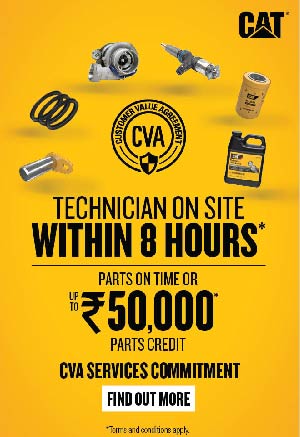











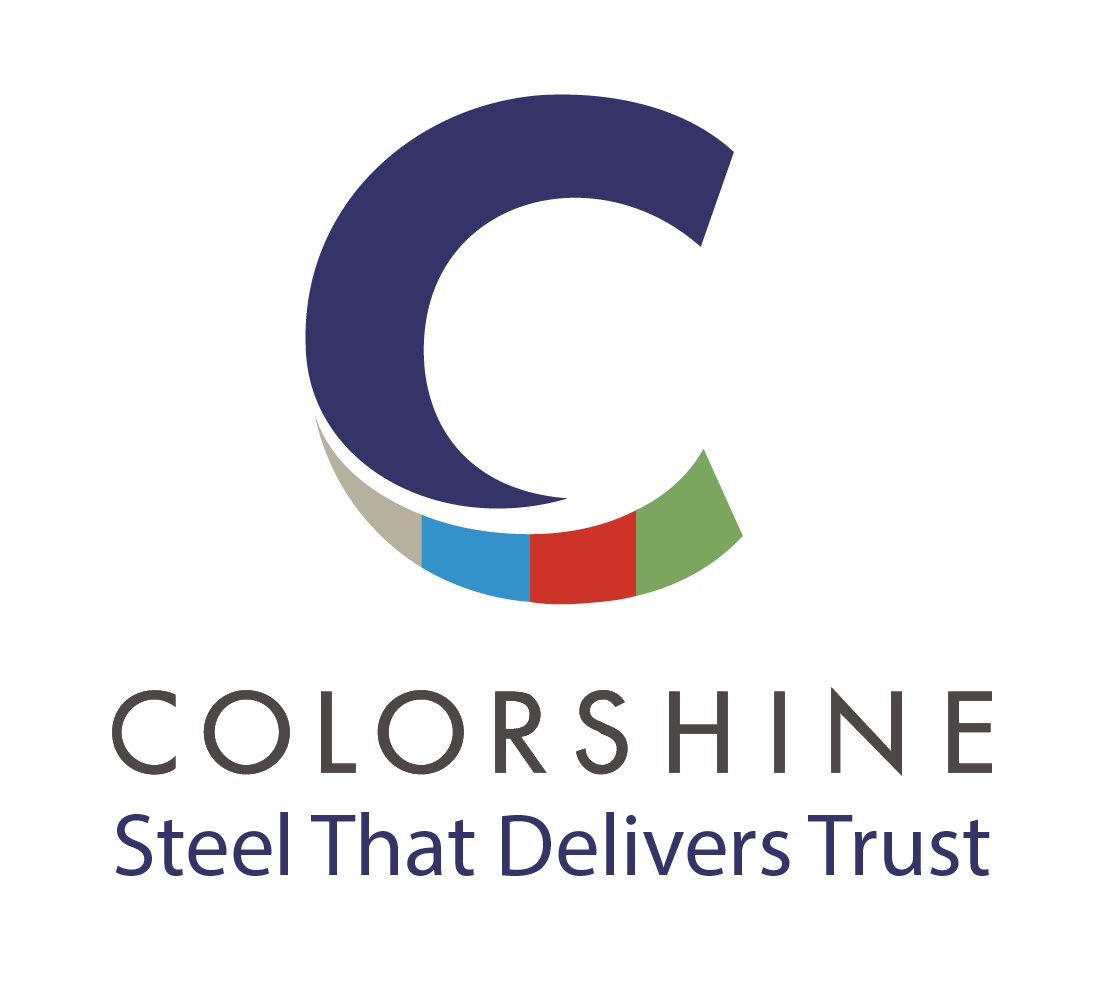




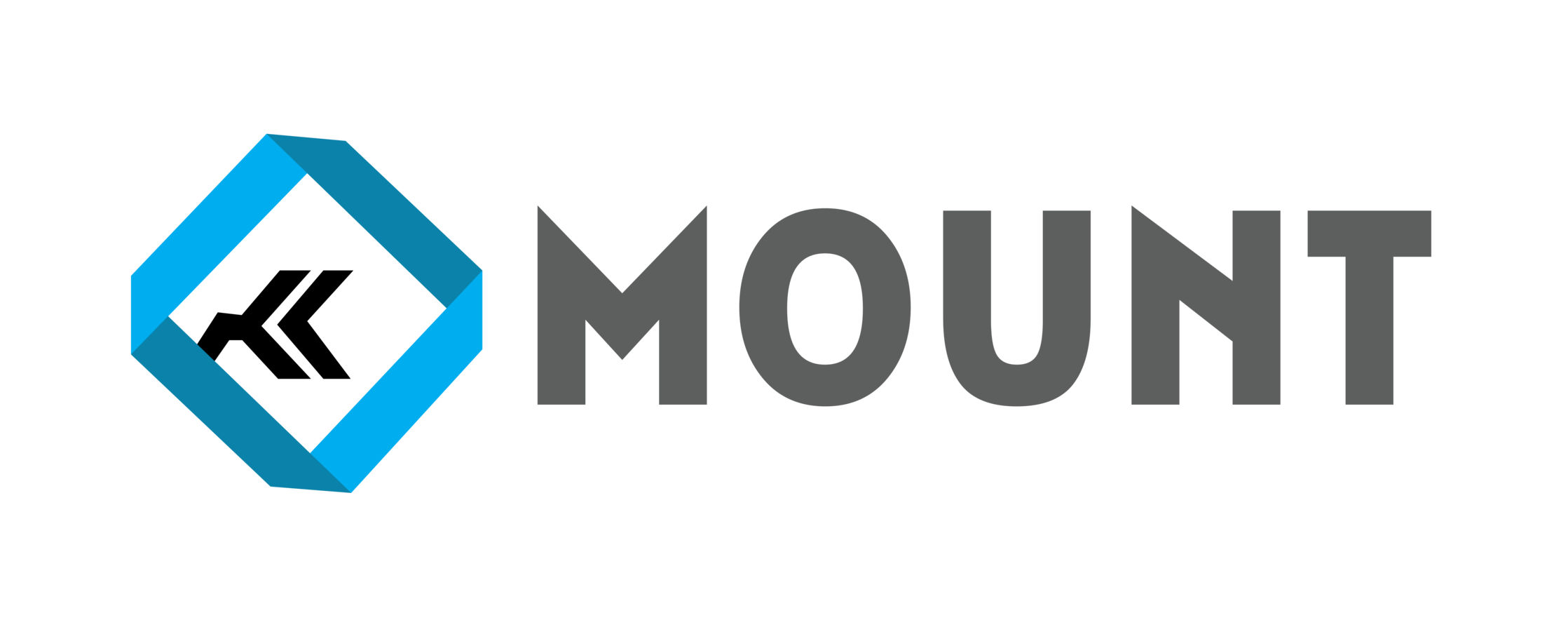






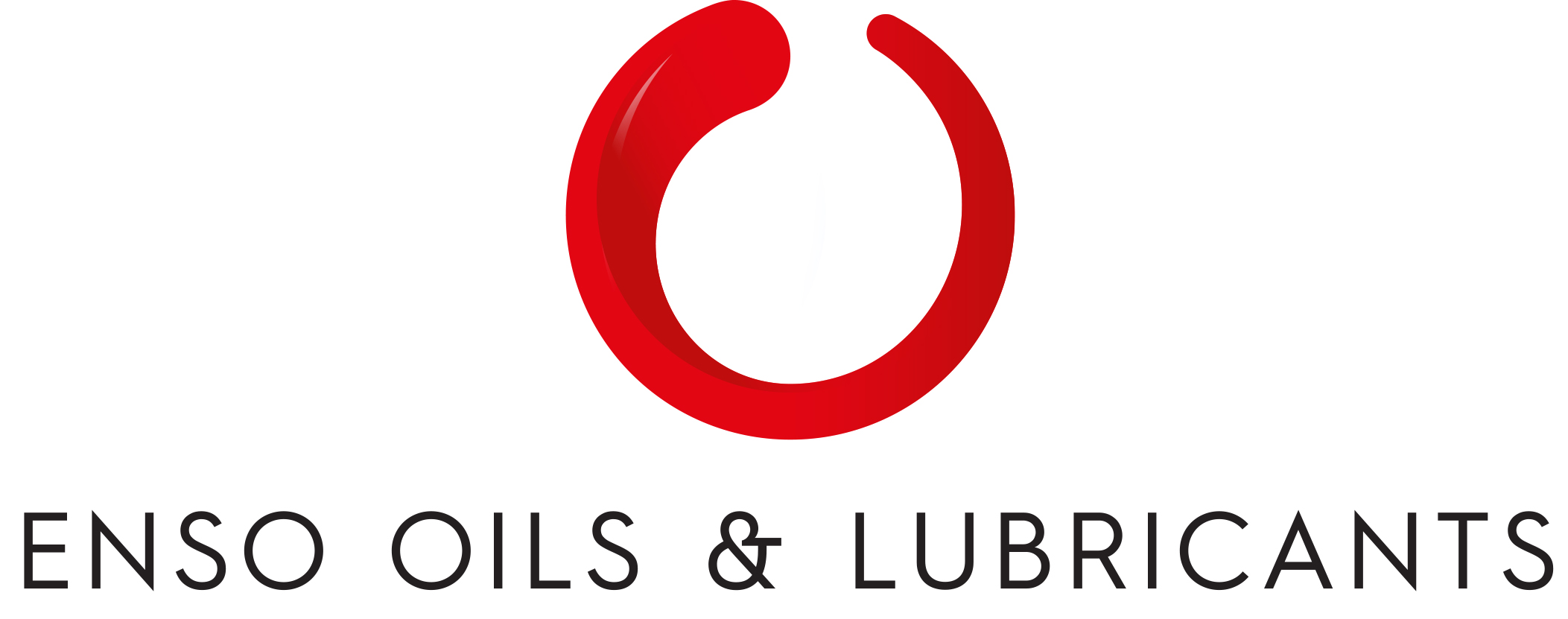


-20240213125207.png)

